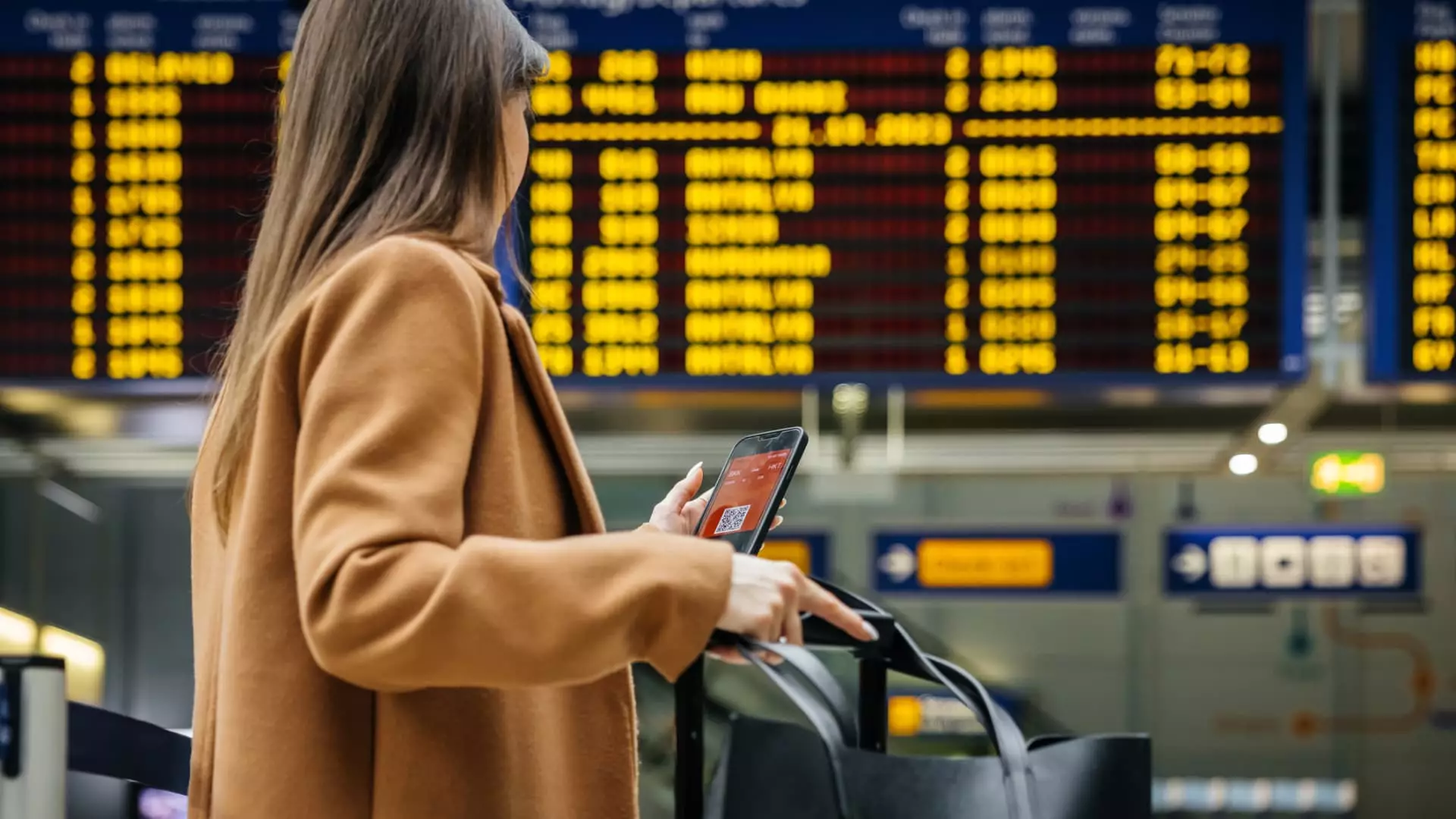Travel spending among American households has surpassed pre-pandemic levels, with a significant portion of this increase attributable to international trips. According to economists at the Bank of America Institute, vacationing abroad has become a key driver of travel momentum. Despite a slight decrease in overall travel spending compared to 2023, expenditure remains significantly higher than in 2019, with an increase of 10.6% per household recorded from January to mid-August this year.
International travel has emerged as a focal point of continued strength in the travel sector. An increasing number of Americans, approximately 17%, expressed their intention to vacation abroad in the upcoming months, a notable rise from figures recorded in 2018 and 2019. The surge in demand for international travel can be attributed to the easing of Covid-19-related health concerns, relaxation of travel restrictions by various countries, and a pent-up desire for exploration after an extended period of limited mobility.
Impact of Falling Airfare Prices
One of the driving factors behind the heightened demand for international travel is the decrease in average airfare prices. Reduced ticket costs, particularly for flights to popular European destinations, have incentivized Americans to embark on overseas trips. For instance, average round-trip fares to Europe dropped to around $950 this summer, marking a decline from previous years. Lower airfare prices have significantly influenced travelers’ decisions to pursue international vacations, augmenting the overall demand for cross-border travel experiences.
Betwixt international destinations, Europe emerged as the primary recipient of American spending between May and July, accounting for 43% of total expenditure. While Europe remains a popular choice for travelers, Asia witnessed the most significant spike in spending, recording an 11% increase compared to the previous year. Favorable exchange rates in certain regions have further bolstered the appeal of international travel, enhancing the purchasing power of American tourists and encouraging greater expenditure abroad.
Despite the resurgence of international travel, domestic trips continue to dominate the preferences of American travelers, with 68% of all trips originating within the U.S. Domestic travel demand, however, has experienced a slight decline as more travelers opt for overseas destinations. Data suggests that higher-income households, particularly those earning over $125,000 annually, are spearheading the trend towards international travel. Luxury accommodations have witnessed increased patronage this summer, indicating that affluent travelers are more resilient and willing to indulge in high-end travel experiences.
As concerns regarding inflation persist, cost-conscious travelers are seeking alternative ways to navigate the travel landscape. While some may be deterred by rising prices, the majority of travelers are adapting by traveling during off-peak periods or booking their trips well in advance. This strategic approach allows travelers to mitigate the impact of inflation while still fulfilling their travel aspirations, underscoring the resilience and adaptability of the modern traveler.

